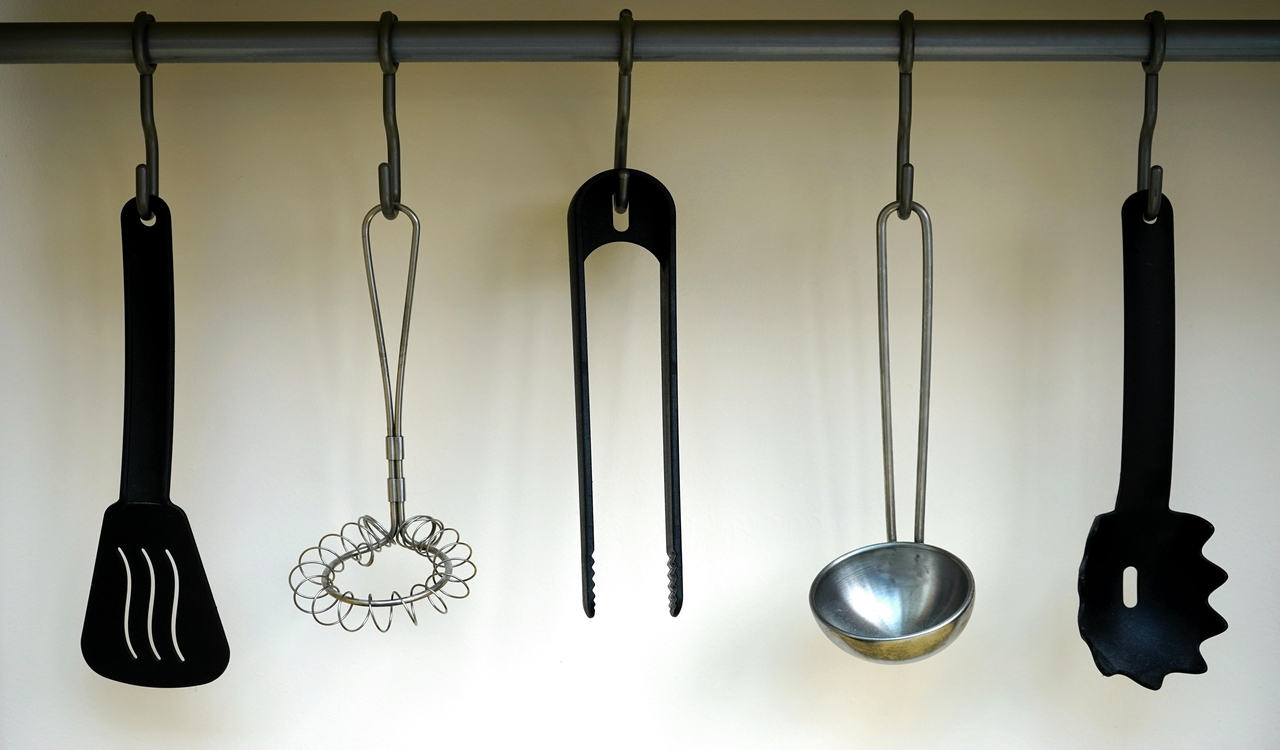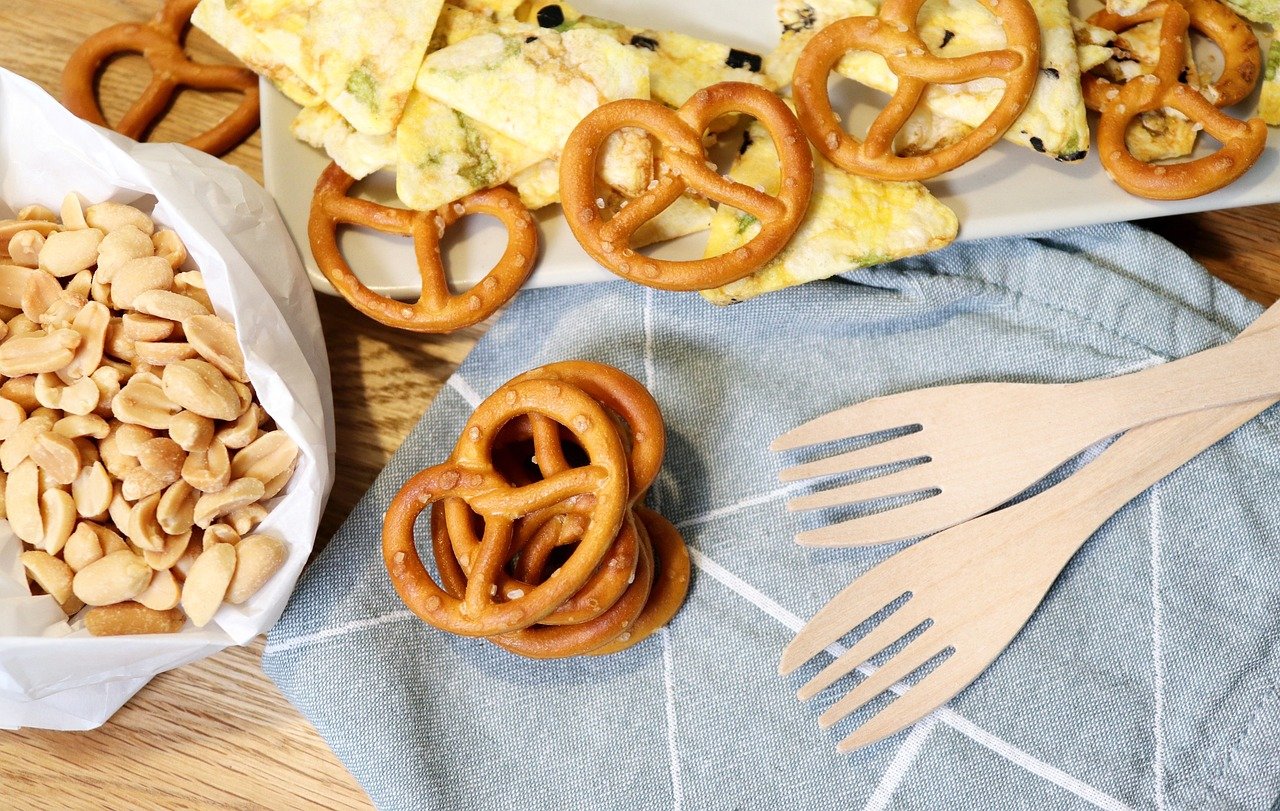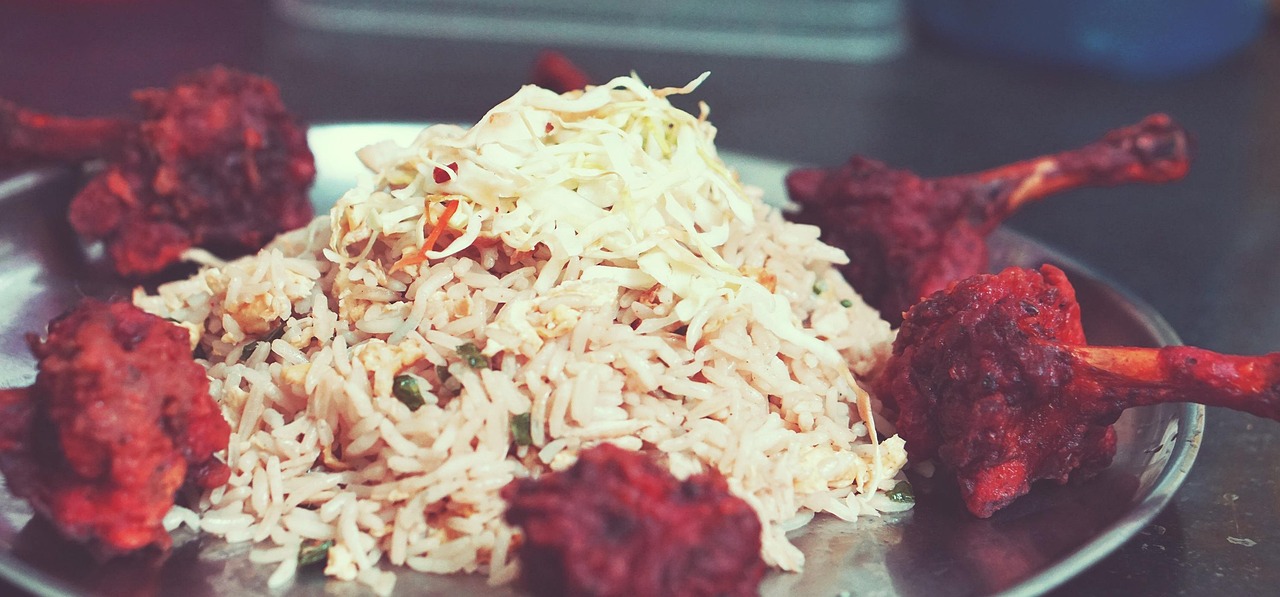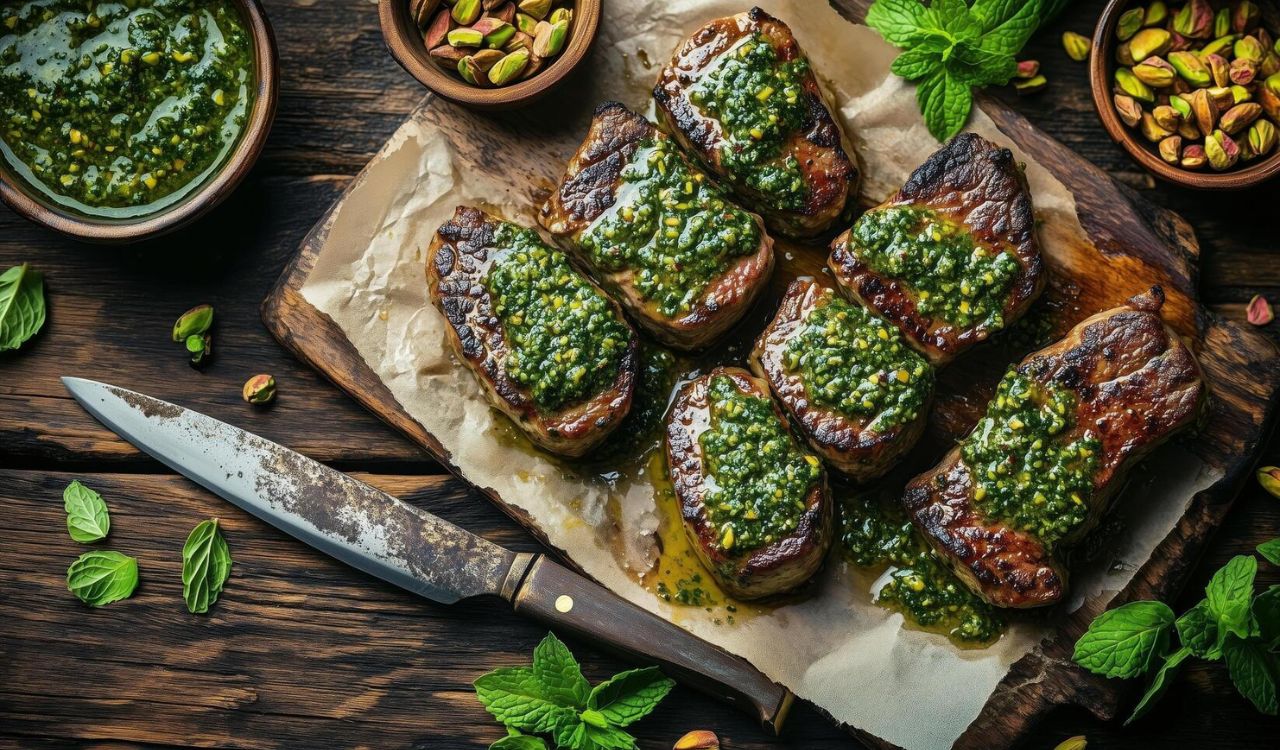9 Brisket Resting Tips That Guarantee Perfect Results
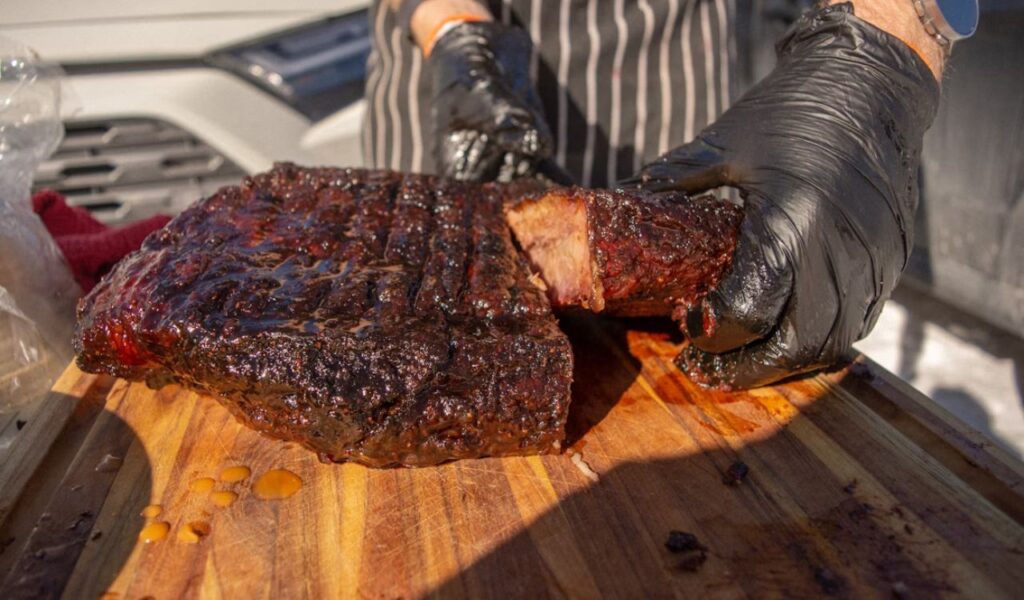
Cooking brisket is a labor of love that can take hours, but what you do after pulling it from the smoker or oven matters just as much as the cooking itself. Resting brisket allows juices to redistribute, flavors to settle, and texture to improve. Skip this step, and even the most carefully cooked brisket can turn out dry or tough. Whether you are a backyard griller or a seasoned pitmaster, these nine tips will help you rest brisket the right way for tender, flavorful results every time.
1. Give It Enough Time
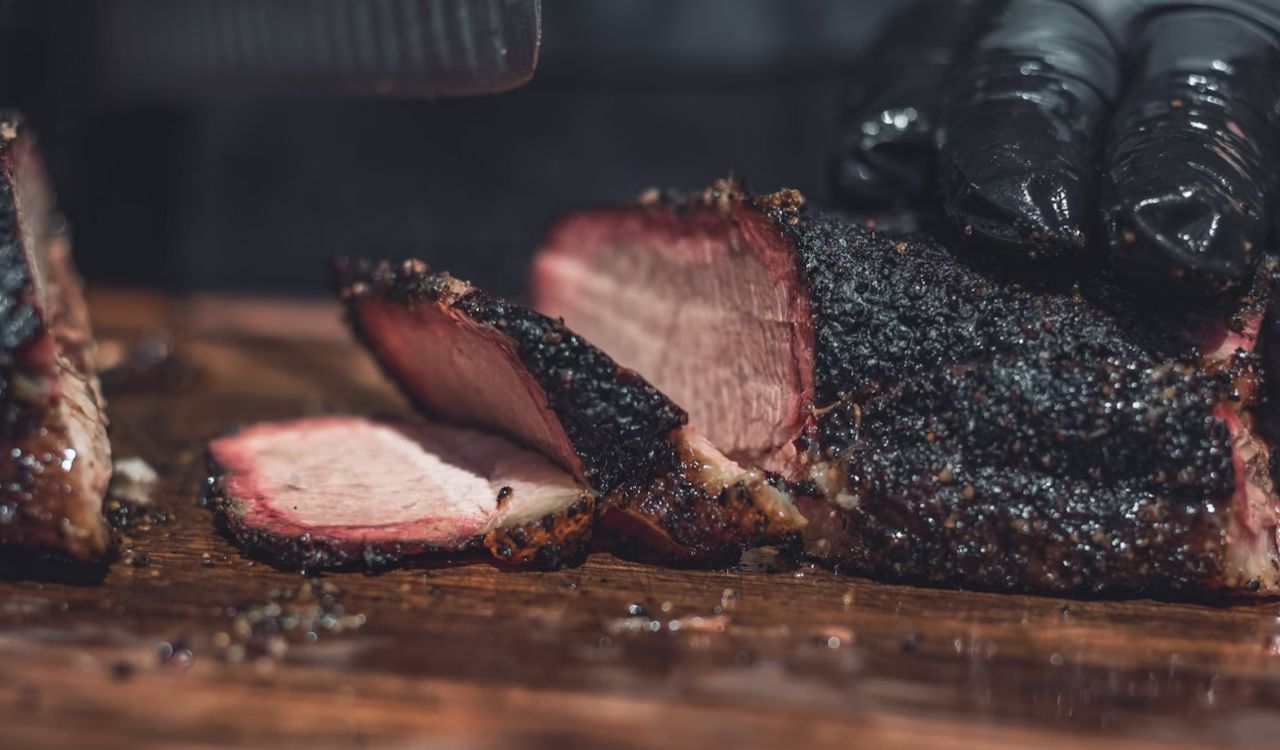
Patience pays off when it comes to brisket. If you cut into it too quickly, the juices that have pooled near the surface will escape onto the cutting board instead of staying inside the meat. Allowing the brisket to rest for at least one hour gives those juices time to move back into the fibers, ensuring every bite is juicy and tender. For larger briskets, extending the rest to 90 minutes or two hours can make the texture even more consistent throughout.
2. Wrap It Properly After Cooking
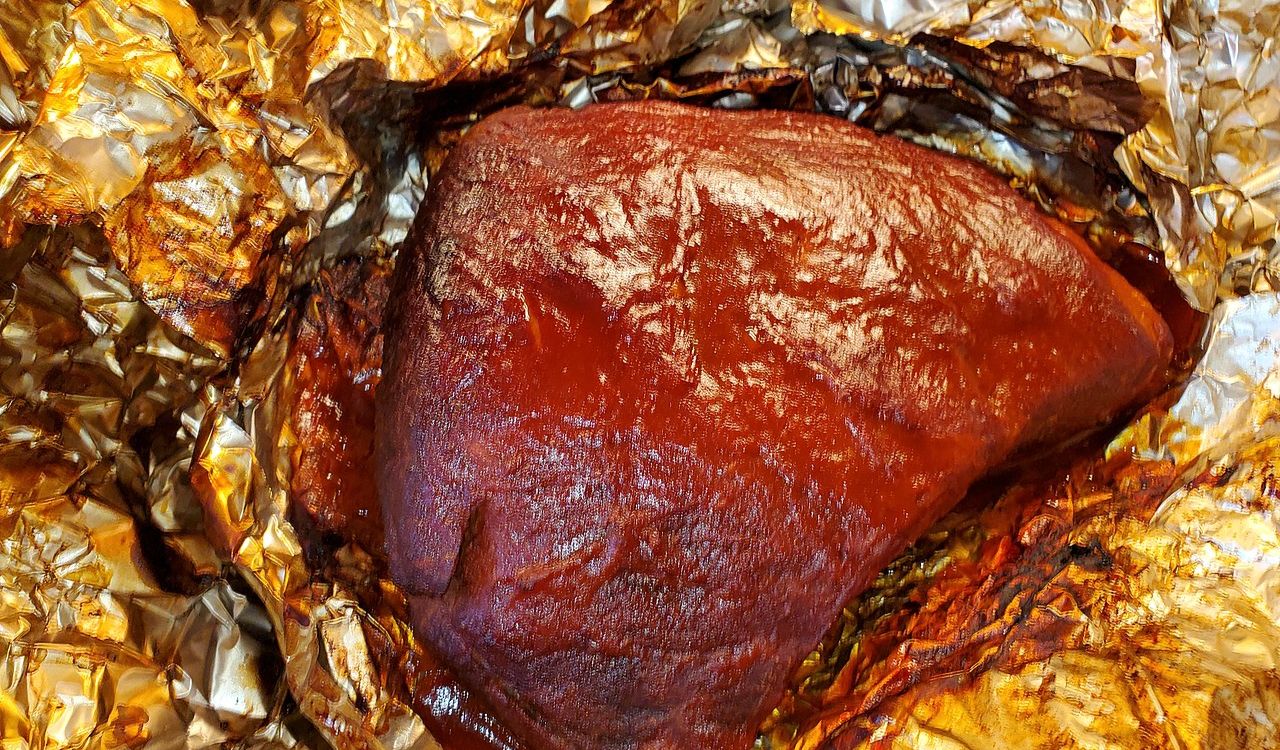
Once your brisket reaches the right internal temperature, it should be wrapped to prevent moisture loss. Butcher paper is a favorite among pitmasters because it lets the meat breathe slightly, preserving the bark while still holding in heat. Aluminum foil traps more steam, which locks in moisture but can soften the bark. Both methods work, and the choice depends on your preference for texture. Wrapping tightly ensures the brisket stays warm and flavorful while giving it time to relax during the resting stage.
3. Use a Cooler for Extended Rests
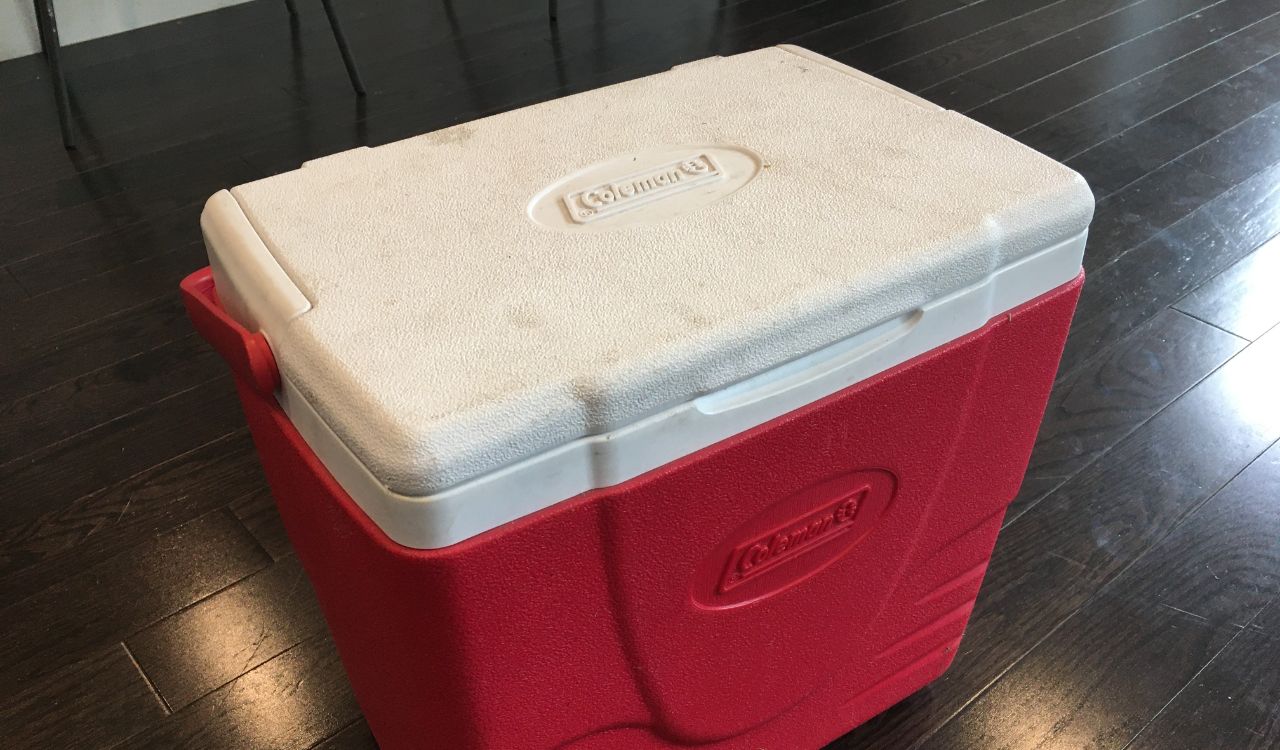
If your brisket finishes cooking before serving time, a cooler is the best way to keep it hot without overcooking. Wrap the brisket in paper or foil, then place it inside an empty cooler lined with towels. This creates insulation that can maintain temperature for up to four hours. Known as the “faux Cambro” technique, it gives you flexibility in timing while also improving tenderness. Many pitmasters swear by this trick because it ensures the meat stays juicy and ready when guests arrive.
4. Monitor Internal Temperature
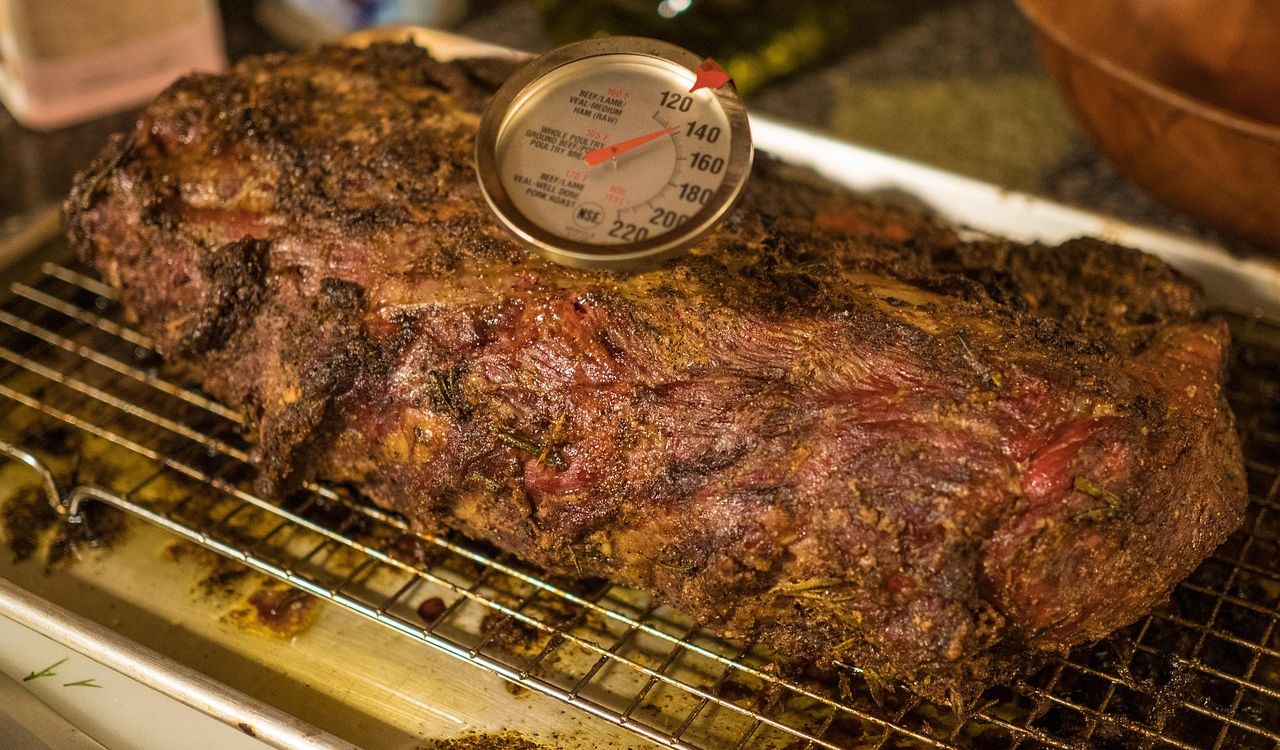
Resting brisket is not only about how long it sits but also the temperature at which it stabilizes. Ideally, you should wait until the internal temperature falls to around 150 to 160 degrees Fahrenheit before slicing. At this point, the juices have redistributed evenly, and the brisket is easier to cut cleanly. If sliced while hotter, the juices rush out, leaving the meat drier. A reliable digital thermometer removes the guesswork and helps you know when the brisket is truly ready.
5. Keep It Wrapped Until Serving
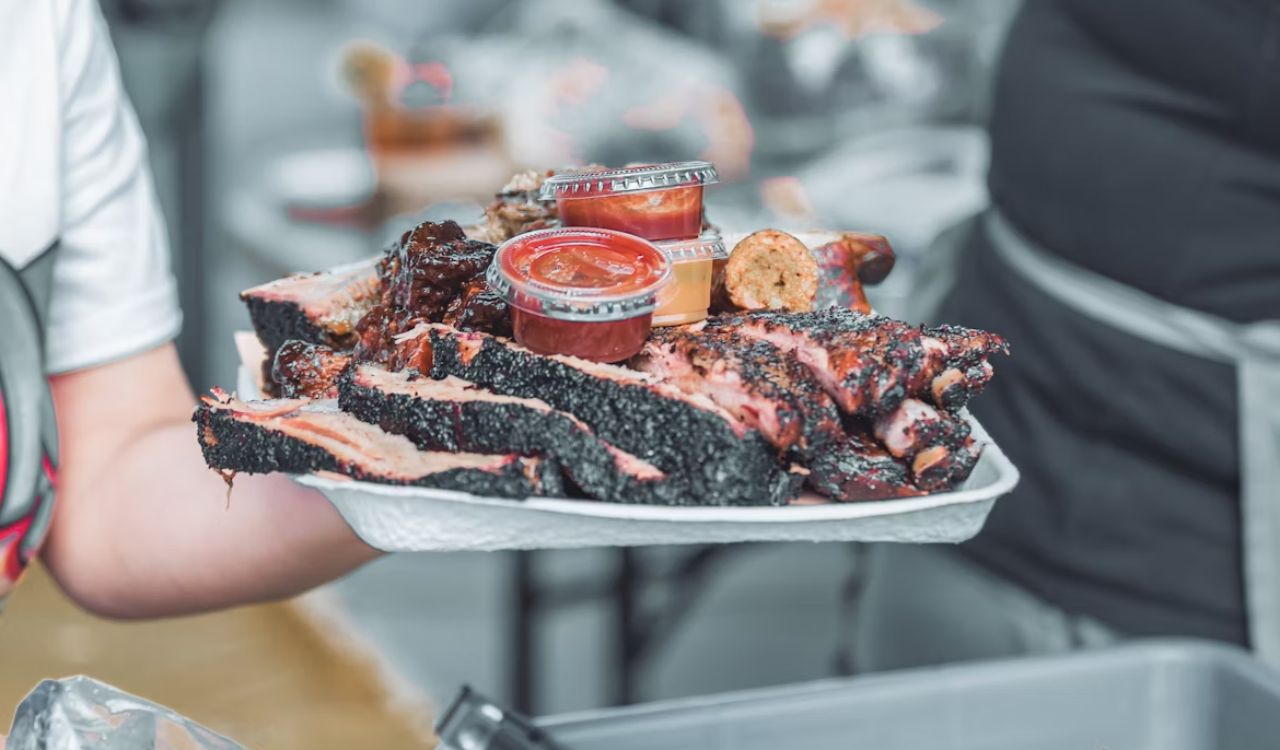
It is tempting to unwrap your brisket early to check on it, but doing so causes heat and moisture to escape too quickly. Keeping it wrapped until you are ready to serve allows the meat to stay in its own insulated environment, preventing it from drying out. The wrap also helps preserve the texture of the bark and keeps the brisket at a steady temperature. Unwrap it only when you are prepared to slice and serve, and you will notice a big difference in juiciness.
6. Rest It Whole, Not Sliced
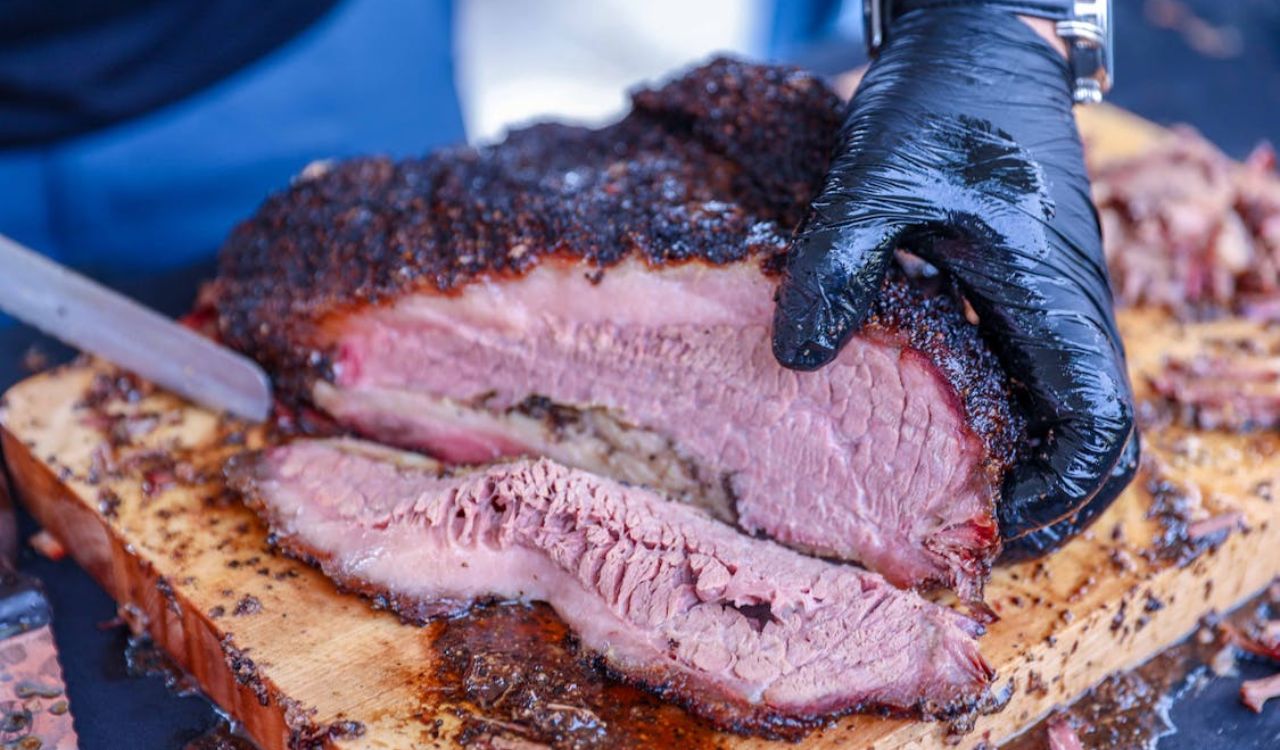
Always rest the brisket as a whole cut rather than slicing it immediately. Cutting into it too soon increases surface exposure, allowing precious juices to escape before they can be reabsorbed. Resting it whole helps maintain structure, tenderness, and flavor until the very last minute. Once you are ready, use a sharp slicing knife to cut across the grain in even slices. This method locks in moisture and ensures that each portion has the perfect texture and mouthfeel.
7. Plan Resting Time Into Your Cook
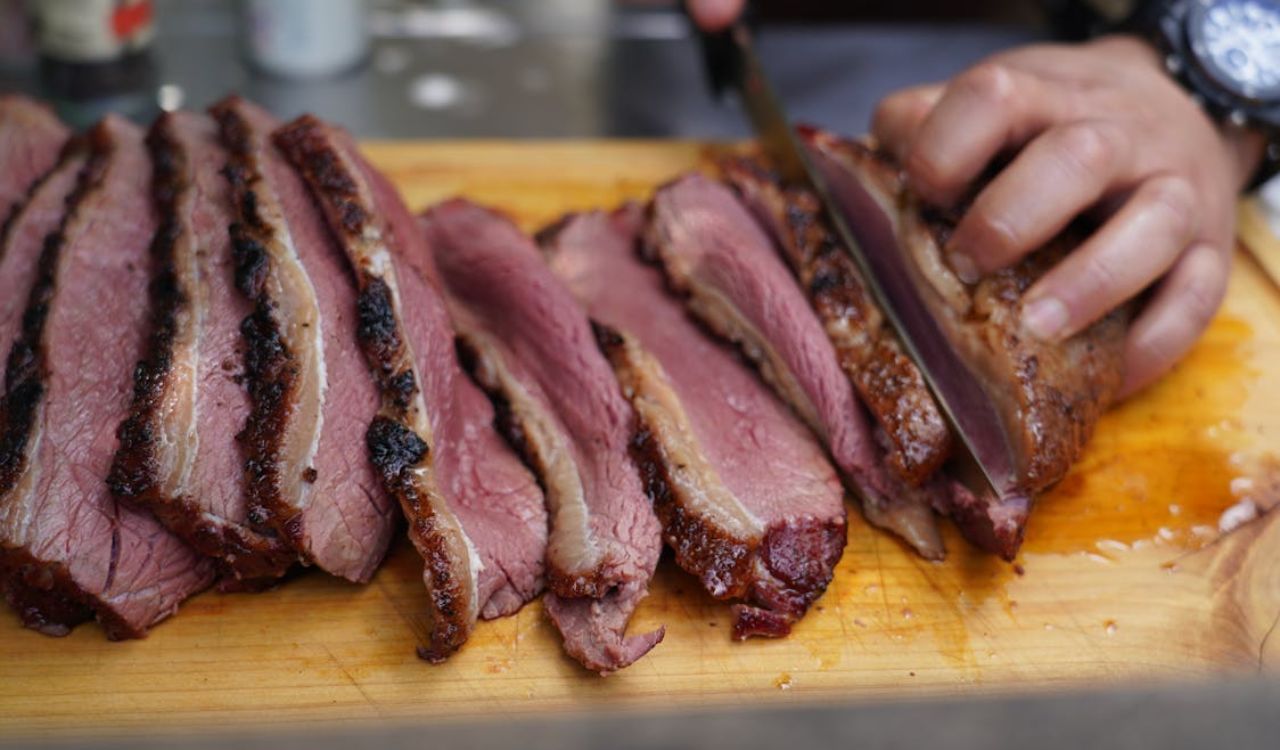
Brisket cooking often takes longer than expected, but resting should never be an afterthought. If you want the meat ready at a certain hour, build an extra one to two hours into your cooking schedule for resting. Many pitmasters purposely finish brisket earlier than needed so they can rest it properly without rushing. Planning ahead avoids stress, gives you flexibility, and guarantees that your brisket is served at peak tenderness. Good timing ensures your effort pays off at the table.
8. Short on Time? Rest for at Least 30 Minutes
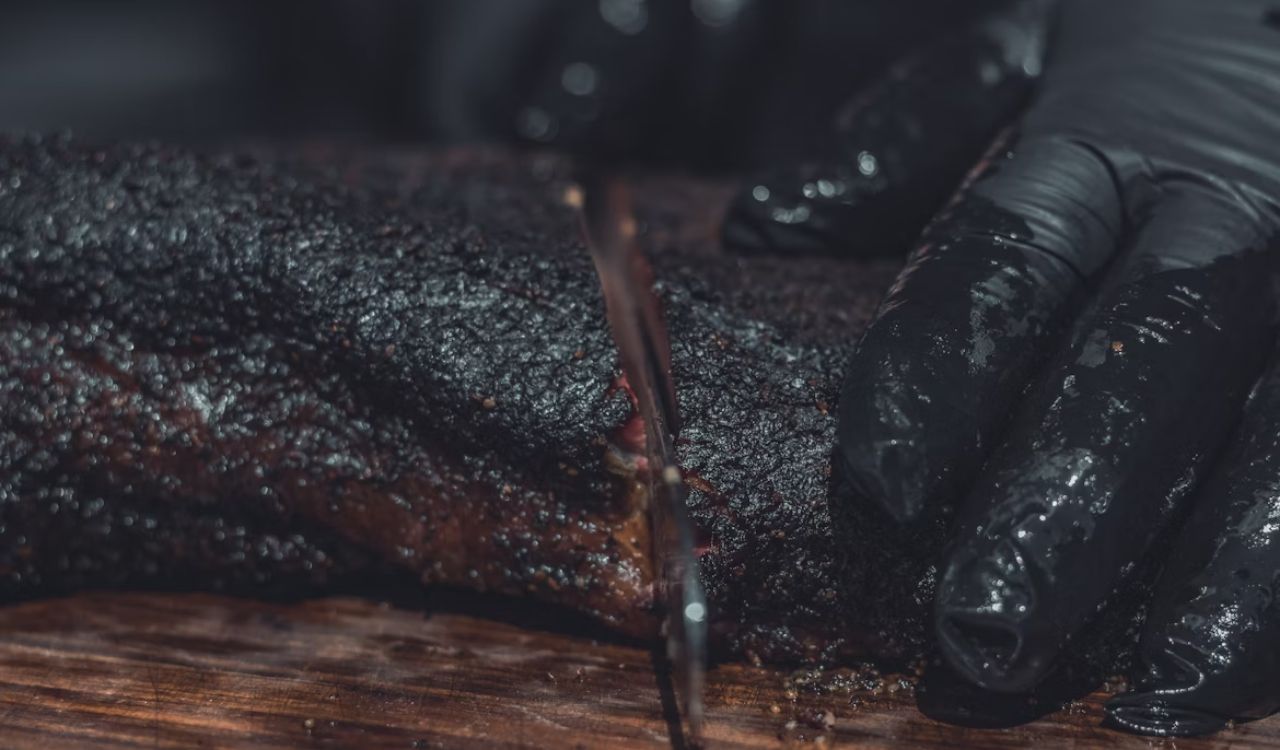
While longer resting times produce the best results, sometimes schedules do not allow for an hour or more. In those cases, aim for at least 30 minutes of rest before slicing. Even this shorter period lets some juices redistribute, improving texture compared to cutting right away. Wrap the brisket tightly and let it sit while preparing side dishes or setting the table. Although not ideal, a 30-minute rest is still far better than skipping the process altogether.
9. Use a Resting Tray to Catch and Reuse Drippings
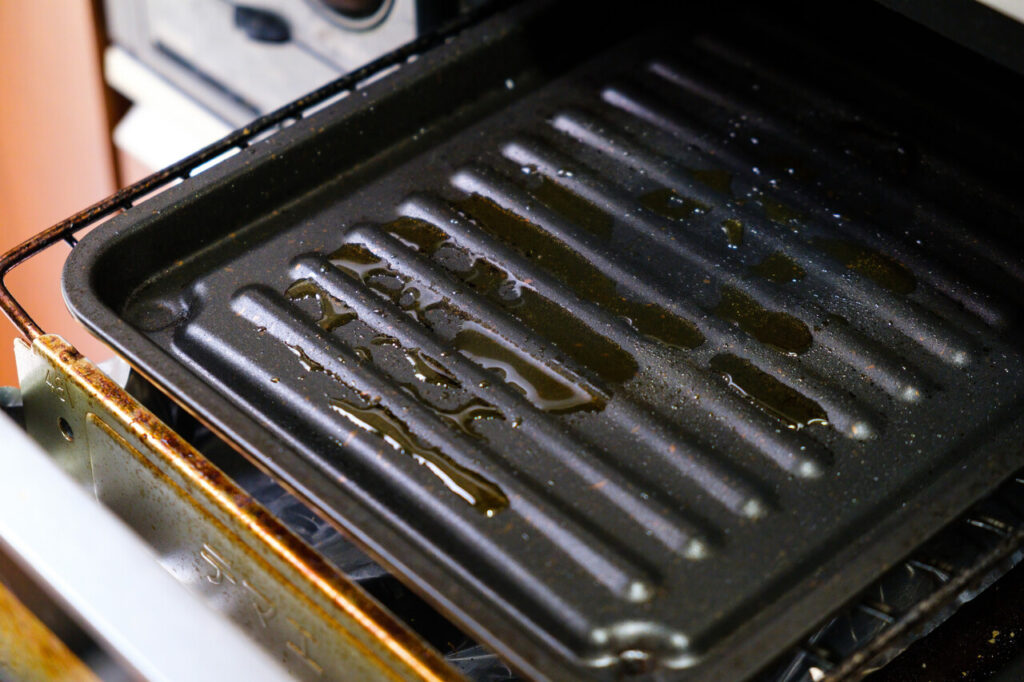
What really sets this tip apart is how much flavor you preserve with almost no extra work. When a brisket comes off the smoker, it’s still bubbling with rendered fat and collagen. If you drop it straight onto a cutting board, a good portion of those juices spills out and gets wasted. Resting the brisket in a shallow tray solves that problem instantly. The tray collects every drop of drippings while keeping the bark intact and the meat undisturbed. As the brisket cools, those juices thicken into a rich, silky liquid you can brush over slices, mix into chopped brisket, or save for reheating later.



